The Refsum Disease Market presents a competitive landscape characterized by the need for innovative therapies aimed at addressing the unique challenges of this rare lipid storage disorder. As the market evolves, key players are focusing on developing effective treatment options that not only enhance patient outcomes but also improve the quality of life for individuals affected by Refsum Disease. The competition is intensified by the limited patient population, prompting companies to invest in research and development to create specialized drugs targeting the underlying metabolic abnormalities.
Collaboration with academic institutions and patient advocacy groups is also becoming an integral strategy for maintaining a competitive edge in this niche market, enabling companies to leverage scientific advancements and patient insights to accelerate the development of novel therapies.Vertex Pharmaceuticals holds a significant position in the Refsum Disease Market, distinguished by its commitment to addressing the unmet medical needs in rare diseases. The company's robust portfolio and research initiatives are focused on advancing treatments that provide tangible benefits for patients suffering from this condition.
The strength of Vertex Pharmaceuticals lies in its innovative approach to drug development, utilizing cutting-edge technology and a deep understanding of the biochemical pathways involved in Refsum Disease. With a strong emphasis on clinical trials and patient-centered research, Vertex has successfully built a reputation for quality and reliability in therapeutic efficacy. The company's strategic partnerships with healthcare professionals and institutions enhance its capability to maintain a competitive stance in the global market.
Pfizer is a formidable player in the Refsum Disease Market, leveraging its extensive global presence and established expertise in pharmaceuticals to contribute to the treatment landscape. Known for its wide array of key products and services, Pfizer has focused on research initiatives aimed at finding solutions for rare diseases, including Refsum Disease. The company’s strengths lie in its significant resources for research and development, allowing it to explore new modalities and therapies that can effectively address specific metabolic dysfunctions.
Pfizer's strategic mergers and acquisitions have enhanced their capabilities, bringing in valuable assets and expertise to further its commitment to rare disease treatments. The company's active engagement in the global market ensures a strong footprint, enabling greater access to innovative therapies for patients across various regions. With an emphasis on driving advancements in treatment options, Pfizer remains a critical player in shaping the future of the Refsum Disease therapeutic landscape.


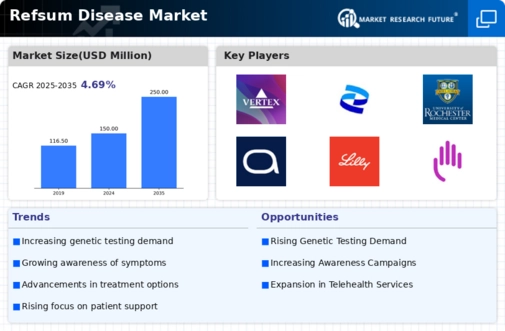

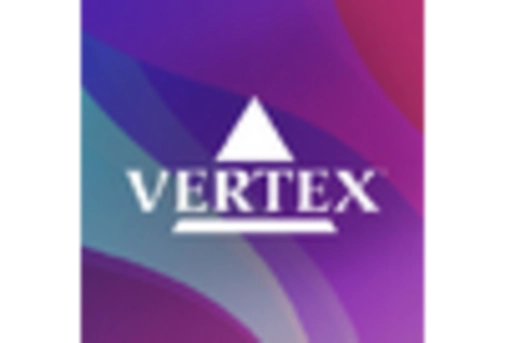
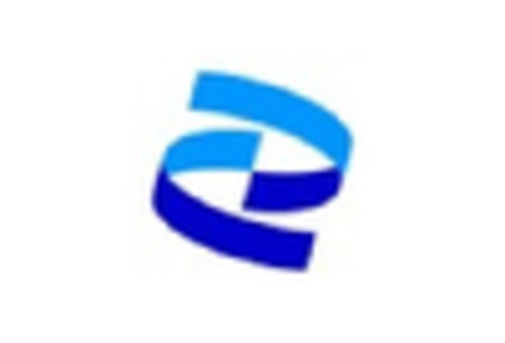

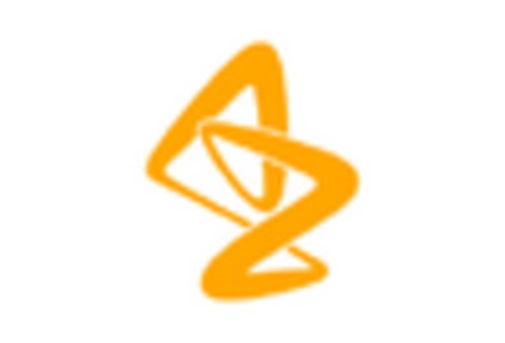
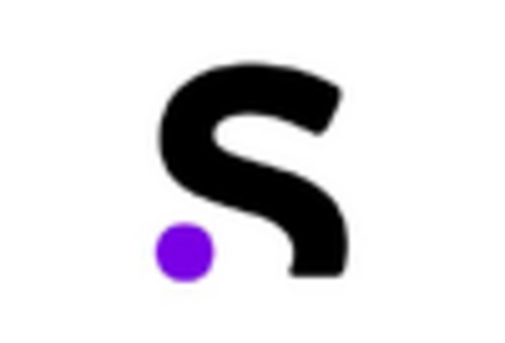
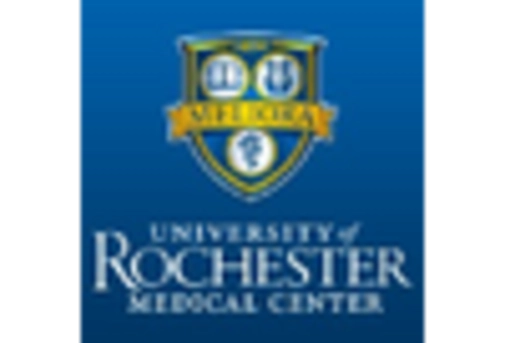

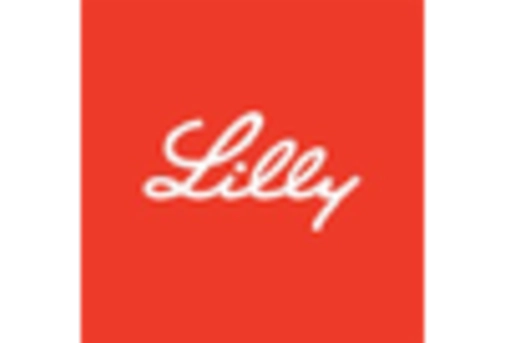



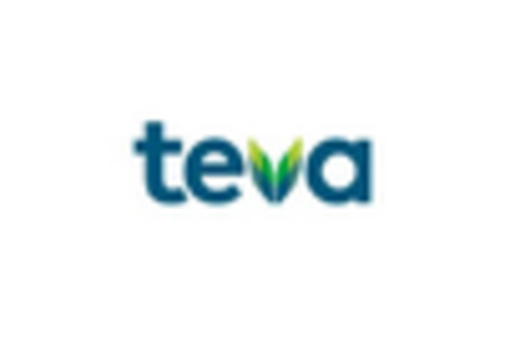








Leave a Comment